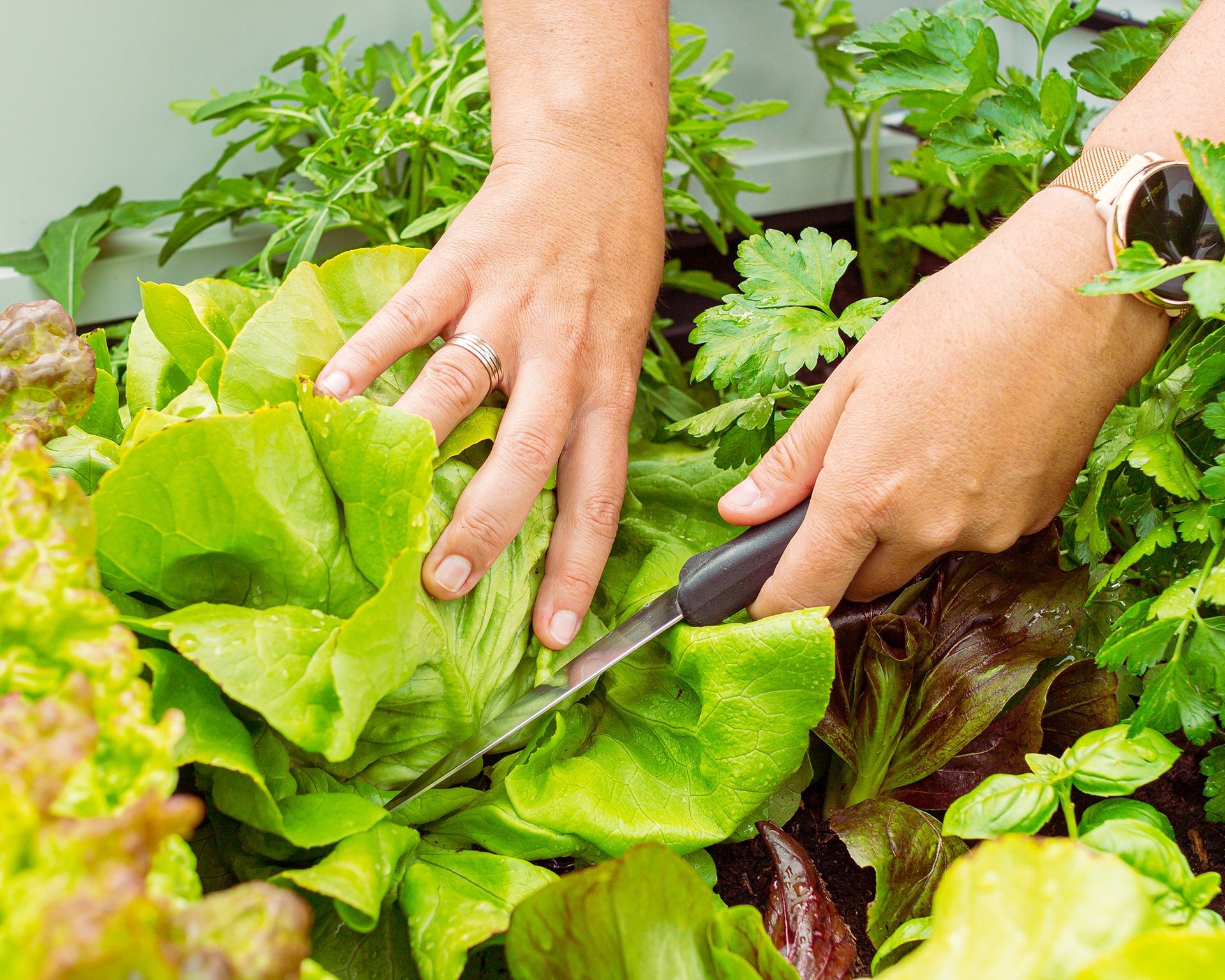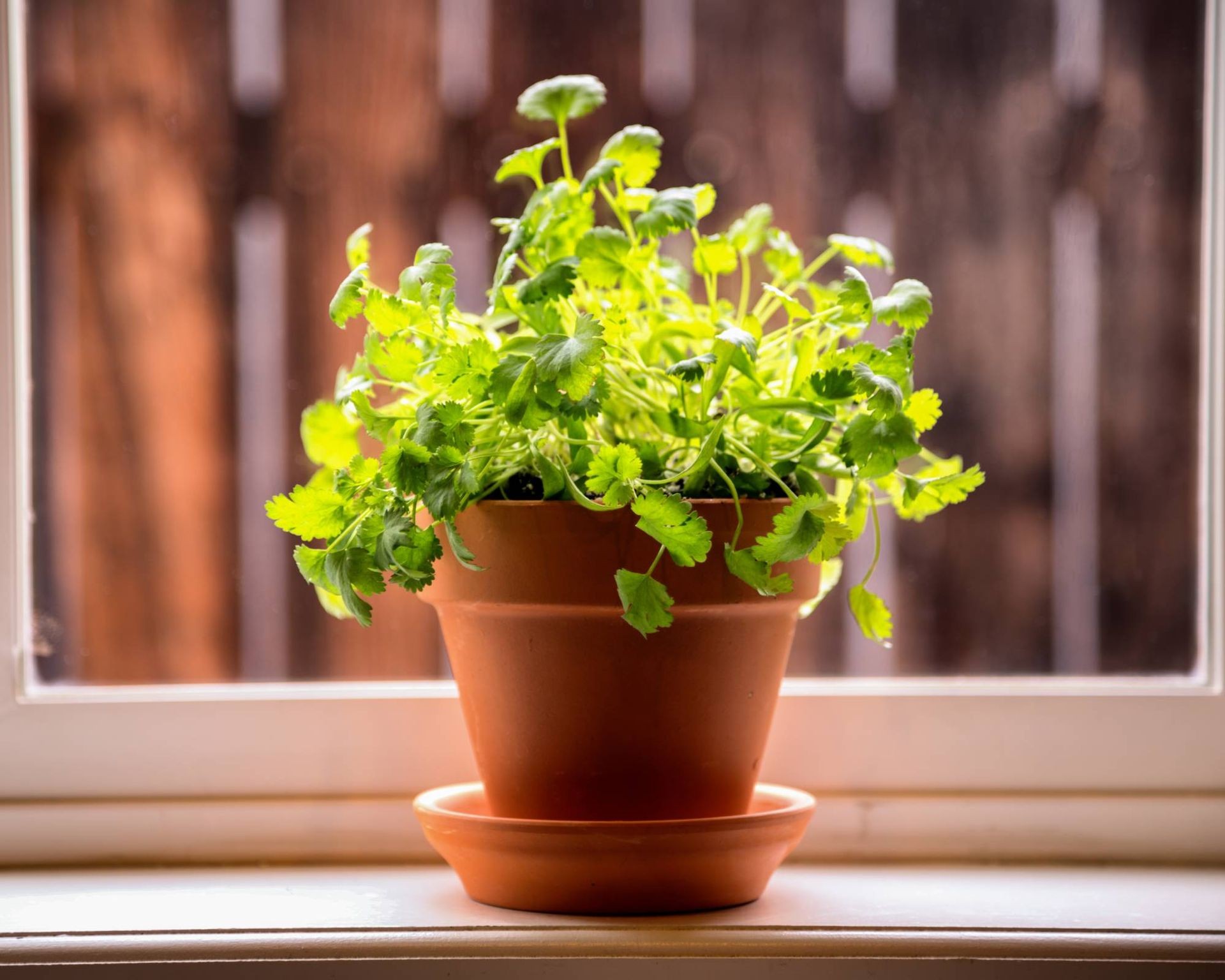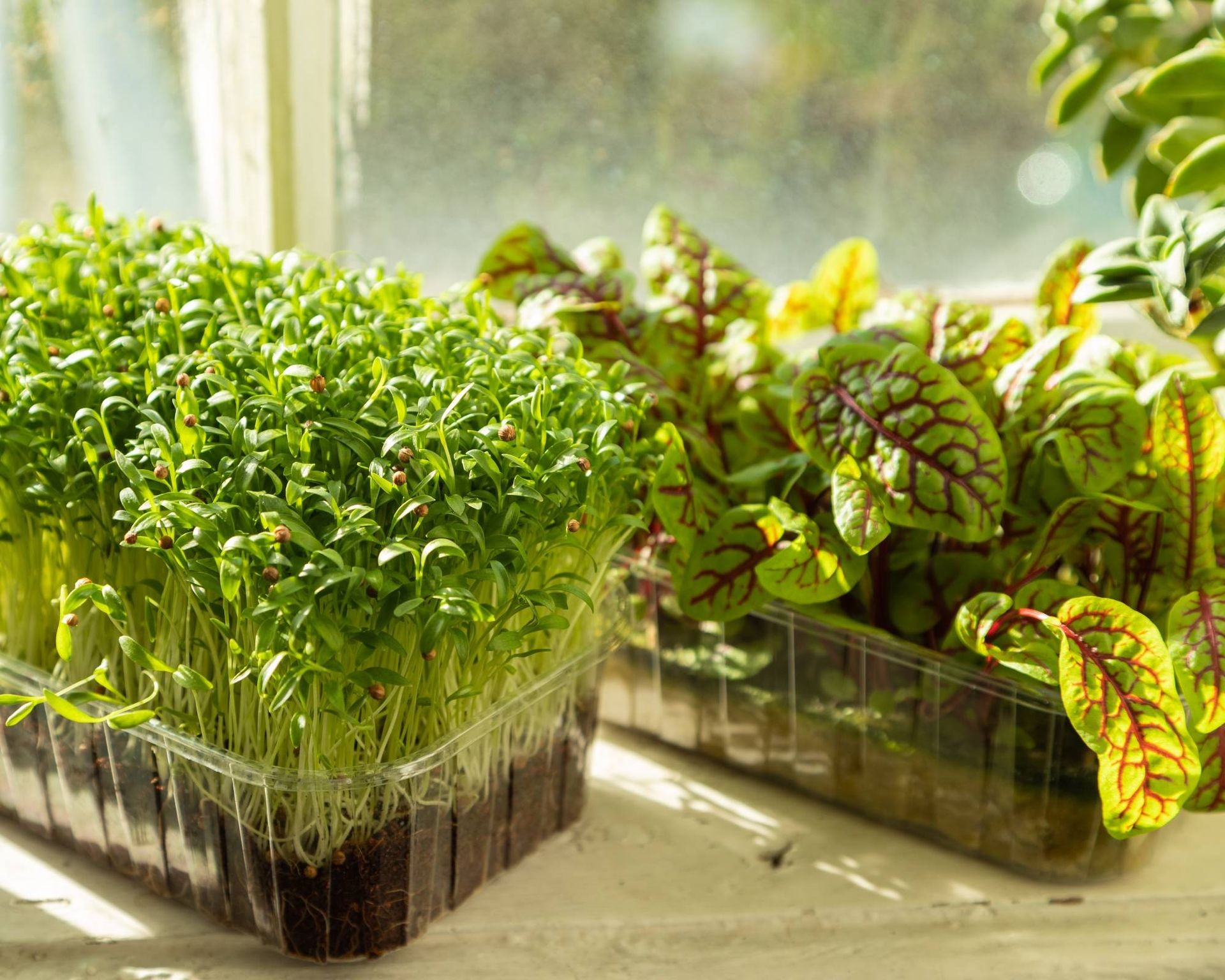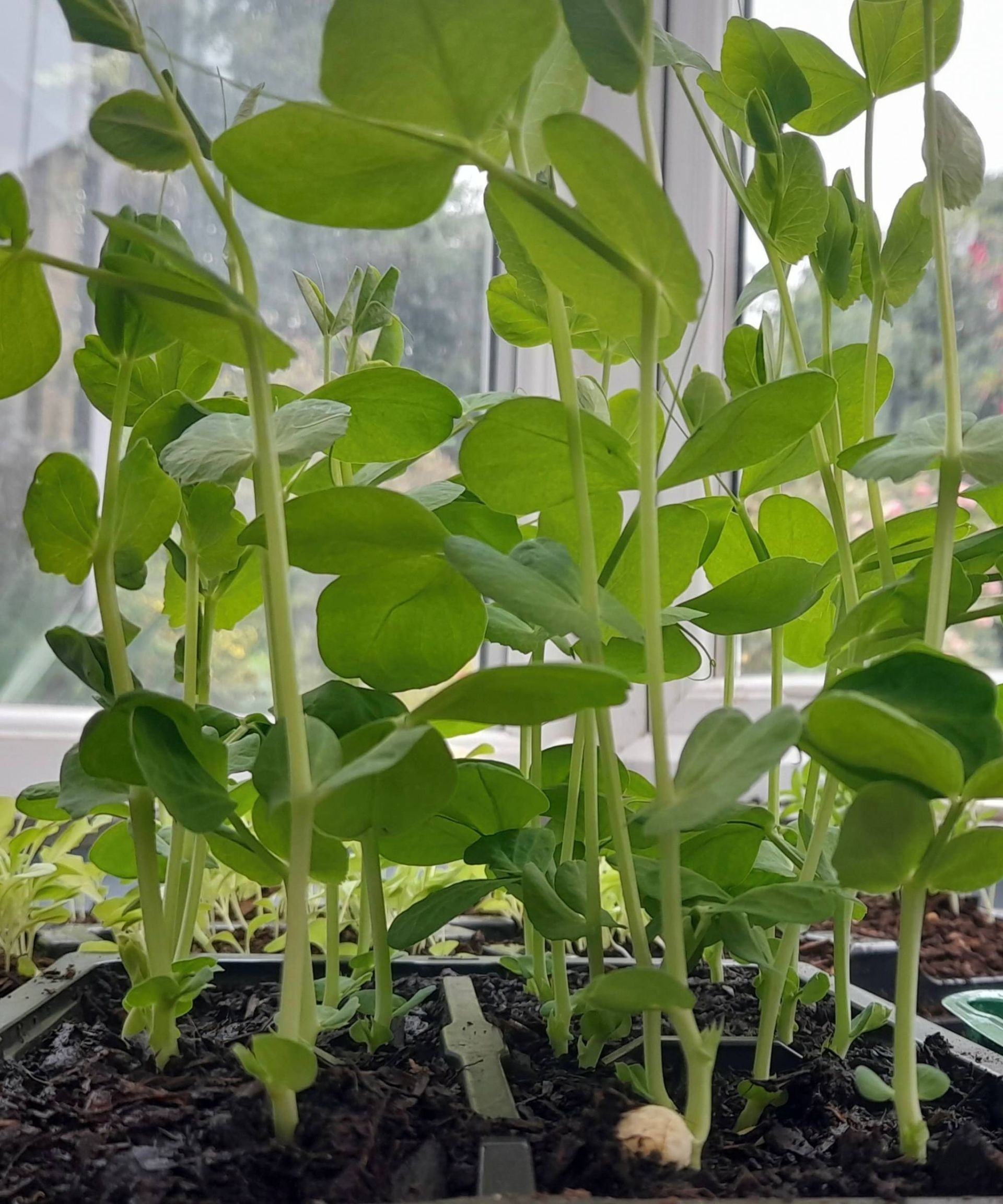No products in the cart.
NEWS
Cultivating Edible Abundance: Your Guide to a Thriving Windowsill Garden This Winter
As the chill sets in and the garden outdoors settles down for its winter rest, there’s no need to put away your gardening tools entirely. The joy of growing fresh food can easily continue right inside your home! Transforming a sunny windowsill into a miniature edible garden is a rewarding way to keep your hands dirty (in a good way!) and enjoy a continuous supply of fresh greens and herbs throughout the colder months. This isn’t just a way to brighten your indoor space; it’s a practical approach to accessing ultra-fresh produce, potentially reducing your reliance on store-bought options and the associated packaging, while also bringing the undeniable mental and physical benefits of nurturing living things into your daily life.
Growing indoors during winter offers a unique advantage for certain plants, often protecting them from harsh weather and common outdoor pests. By focusing on varieties that thrive in limited space and light, or those perfectly suited for “cut-and-come-again” harvesting, you can ensure a steady supply of delicious ingredients. From my own experience cultivating plants in various indoor settings, I’ve found that a well-planned windowsill garden can be surprisingly productive, bringing vibrant life and fresh flavors into your kitchen even when snow covers the ground outside.
Top Plant Choices for a Productive Indoor Edible Garden
Selecting the right plants is key to a successful windowsill garden. Here are some of my go-to varieties that consistently perform well indoors, along with insights I’ve gathered over years of nurturing plants in limited spaces.
1. Leafy Lettuce
For a continuous supply of fresh salad greens, loose-leaf lettuce varieties are simply fantastic for windowsill growing. These “cut-and-come-again” types are particularly well-suited because harvesting outer leaves encourages the plant to produce more, offering multiple harvests from a single sowing. This method provides a constant source of tender, flavorful greens that far surpasses the freshness of anything you can buy.
Sowing is straightforward. If you have leftover seeds, thinly sow them in a shallow tray or pot filled with a quality seed starting mix. Plant seeds about 1/4 inch (0.6 cm) deep and space them roughly 2 inches (5 cm) apart to give them room as they grow. Consistent moisture is important, especially during germination. Growing your own lettuce indoors transforms winter salads, adding a fresh, vibrant element often missing when outdoor gardens are dormant.
 Trimming lettuce leaves and parsley in the kitchen garden
Trimming lettuce leaves and parsley in the kitchen garden
2. Arugula (Rocket)
With its distinctive peppery bite, arugula is another excellent candidate for an indoor windowsill garden. Like loose-leaf lettuce, it’s a “cut-and-come-again” champion, providing a steady harvest of leaves throughout the winter. You can easily grow arugula alongside other greens in the same container or dedicated pots.
These adaptable plants can even be transplanted into larger containers if they outgrow their initial windowsill spot, continuing to produce. Come springtime, if you wish, you can transition them to an outdoor garden space. Growing arugula indoors ensures you have this flavorful green readily available to add a punch to salads, sandwiches, and other dishes.
3. Cilantro (Coriander)
Often perceived as purely a warm-weather herb, cilantro can actually thrive indoors during the cooler months, providing that vibrant, zesty flavor we love. Growing cilantro indoors helps avoid its tendency to “bolt” (flower and go to seed) in warmer conditions, allowing for a longer harvesting period.
If you have coriander seeds (which grow into cilantro plants), sow them about 1/4 inch (0.6 cm) deep in a seed starting mix. Water gently but thoroughly to aid germination. While it can sometimes be a bit fussy, providing consistent moisture and adequate light encourages steady growth. Having fresh cilantro readily available on your windowsill is a true culinary convenience.
 Cilantro growing on a windowsill
Cilantro growing on a windowsill
4. Parsley
A true kitchen staple, parsley is rich in Vitamin C and essential nutrients, making it a valuable addition to any indoor garden. While it can be grown outdoors, cultivating parsley on a windowsill offers unparalleled convenience, allowing you to snip fresh sprigs whenever needed for cooking.
Germinating parsley from seed can sometimes be slow and inconsistent. A reliable alternative is to purchase a healthy plant from a grocery store or garden center and gently divide it. Carefully separate the rootball into two or three smaller clumps and replant them into their new containers on the windowsill. Removing some of the larger leaves initially helps the plant focus energy on establishing itself in its new home. This method often provides a quicker start to harvesting.
5. Microgreens
These tiny powerhouses are not only packed with nutrients but are also incredibly fast and easy to grow, making them ideal for immediate gratification in your windowsill garden. Microgreens are simply the seedlings of various vegetables and herbs, harvested when they are just a few inches tall and have developed their first set of true leaves.
Many brassica seeds work well for microgreens, including kale, Swiss chard, Brussels sprouts, and broccoli. Don’t be afraid to use leftover or even slightly older seeds; they often germinate well for microgreen purposes, helping reduce waste. Sow seeds thickly onto a thin layer (just 1-2 inches) of seed starting mix in a shallow tray. Keep the mix moist, and watch as they quickly sprout and grow. They are typically ready to harvest within one to two weeks of sowing. Snip them at the base, just above the soil level. Microgreens are perfect as a flavorful garnish, added to salads or sandwiches, or blended into smoothies, providing a concentrated dose of vitamins and minerals. As horticultural experts often note, “Even the smallest space can yield significant nutritional rewards with crops like microgreens.”
 Microgreens growing on a windowsill
Microgreens growing on a windowsill
6. Pea Shoots
Sweet, tender, and visually appealing, pea shoots are a delightful and easy-to-grow crop for any windowsill. These are the young stems and leaves of pea plants, harvested before they develop peas. They make a fantastic addition to salads, stir-fries, or as an elegant garnish.
Since you are growing only for the shoots, sow edible pea seeds densely – about 1 to 2 inches (2.5 to 5 cm) apart and 1/2 inch (1.2 cm) deep – in a pot or tray filled with seed starting mix. Water well and be prepared for rapid growth. Pea shoots are typically ready to harvest when they reach about 4-6 inches (10-15 cm) in height. To encourage a second flush of growth, snip the shoots about an inch above the soil level, leaving the lowest leaves intact. This allows the plant to regenerate and provide another harvest.
 Pea shoots growing on a windowsill
Pea shoots growing on a windowsill
Essential Tips for Windowsill Edible Gardening Success
Growing indoors requires understanding the specific conditions of your home environment. Based on my own trials and errors, here are some key considerations to help your windowsill garden flourish:
Choosing the Right Containers
You don’t need fancy pots to start. Anything that holds soil and allows for drainage (or can be carefully watered to avoid waterlogging) can work. Long, shallow planters are ideal for maximizing space on a windowsill, but feel free to get creative with recycled containers like plastic produce trays, old bowls, or even clean food tins (ensure drainage holes are added). Just make sure the container fits securely on your chosen windowsill and doesn’t pose a falling risk.
Watering Wisdom
Getting watering right is crucial, especially for young seedlings. The best way to check if your plants need water is to feel the soil about an inch deep. If it feels dry, it’s time to water. If it’s still damp, wait. Overwatering is a common issue indoors, leading to root rot. Ensure any excess water can drain away or be poured off after a few minutes. Watering from the bottom by placing the pot in a tray of water for a short time can also be effective for some plants, allowing the soil to wick up moisture.
Providing Adequate Light
Windowsills offer varying levels of light depending on their direction and the time of year. A south-facing window typically provides the most direct sunlight, ideal for most herbs and leafy greens. East or west-facing windows offer less intense light for shorter periods, which can still be sufficient for many of the recommended plants, especially if rotated occasionally. North-facing windows receive the least light and might only be suitable for growing microgreens or require supplemental grow lights for more substantial growth. Observe how your plants are growing; leggy, pale growth often indicates insufficient light.
Feeding Your Indoor Plants
While seed starting mixes provide initial nutrients, your indoor plants will eventually benefit from feeding, especially if you plan on multiple harvests from “cut-and-come-again” varieties. After the first few weeks, consider using a diluted liquid fertilizer designed for vegetables or herbs. Follow the product instructions carefully, as too much fertilizer can harm plants. A gentle, natural feed can provide the boost needed for continuous production. Biogarden.asia offers a range of plant support products that can help nourish your indoor garden effectively.
When to Harvest
Harvesting at the right time encourages plants to keep producing. For “cut-and-come-again” plants like lettuce and arugula, snip the outer leaves as needed, allowing the inner leaves to continue developing. For pea shoots and microgreens, harvest when they reach the desired height or leaf stage. Regular harvesting not only provides you with fresh food but also helps manage the size and shape of your plants on the windowsill. If you notice plants starting to look tired or leaves yellowing, it might be a sign they need a slightly larger pot or a gentle feeding.
Bring the Garden Indoors This Winter
Growing edible plants on your windowsill is a simple yet profoundly rewarding activity that connects you to nature and provides fresh, nutritious food, regardless of the weather outside. It’s a testament to the fact that gardening is possible for everyone, everywhere, even in the smallest of spaces.
Whether you start with a tray of fast-growing microgreens or a pot of aromatic parsley, embarking on this indoor gardening adventure is a step towards greater self-sufficiency and well-being. Explore the possibilities right there on your windowsill. To get started and support your indoor growing success, consider the range of quality seeds, seed starting mixes, and plant care products available from Biogarden.asia. Happy indoor gardening!



